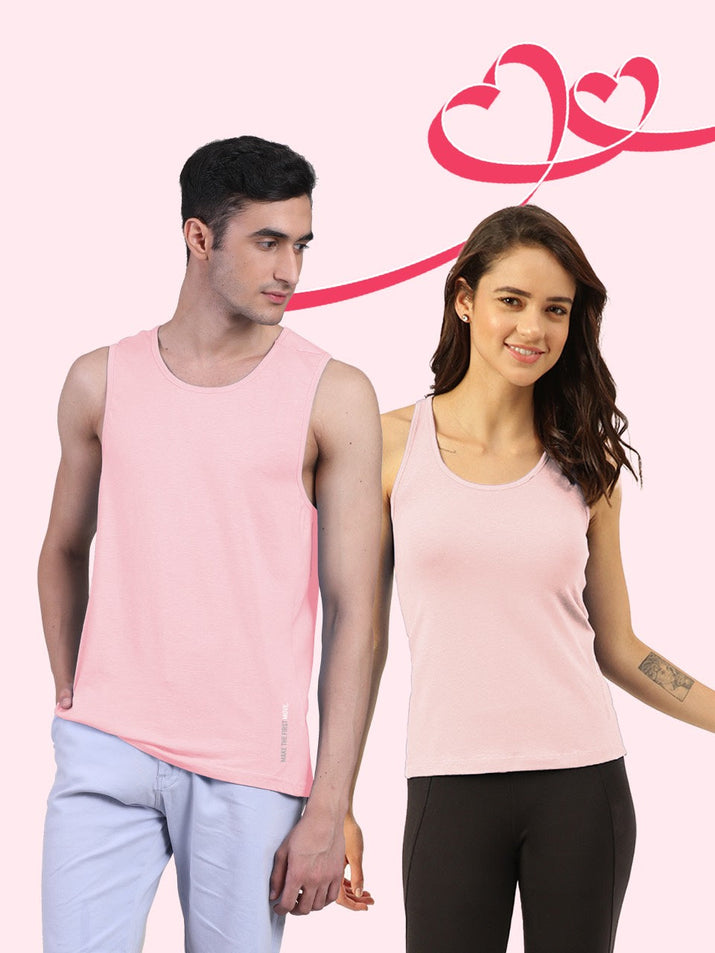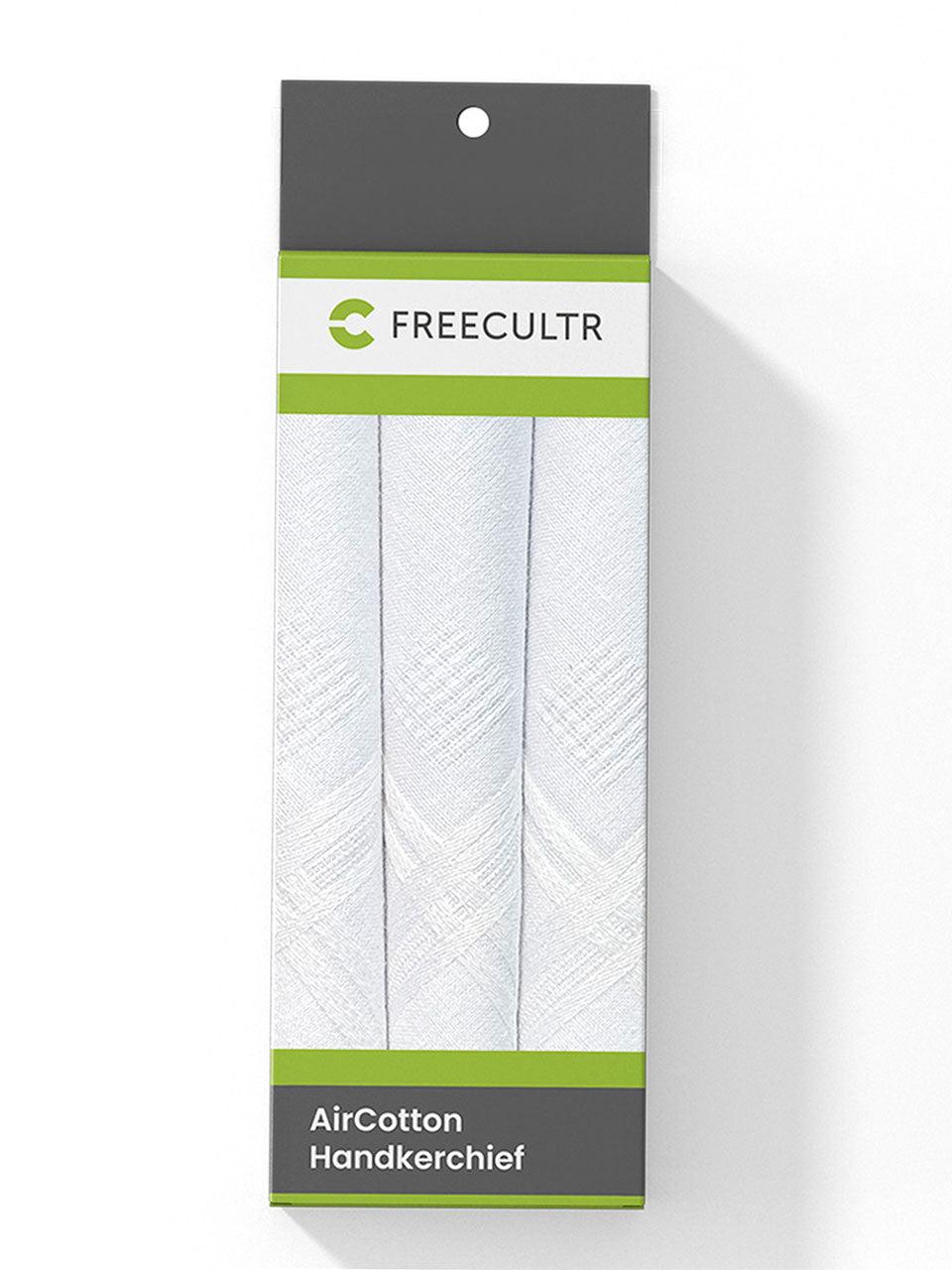Forget that clammy, restrictive feeling! In today's active lifestyle, where athleisure reigns and high-performance fabrics are essential, your base layer matters. We're not just talking about another tank top; we're diving into the science of breathable comfort. Picture this: a humid summer run, a high-intensity interval training session, or simply navigating a busy day. What separates a good tank from a great one? It's the fabric's ability to wick away moisture, allowing for optimal airflow and temperature regulation. Many brands now incorporate microfibers and open-knit structures to enhance breathability. Let's explore what makes a truly breathable tank top, how it impacts your performance and comfort. What to look for when choosing the perfect one for all-day wear.

The Science of Breathable Fabrics
Breathability in fabrics refers to their ability to allow moisture vapor to pass through them. This is crucial for comfort, especially during physical activity or in warm weather. Understanding the science behind breathable fabrics helps in appreciating why certain materials excel in tank tops designed for all-day comfort.
Several factors contribute to a fabric's breathability:
- Fiber Type: Natural fibers like cotton, linen. Silk are inherently breathable due to their structure. Synthetic fibers, like polyester and nylon, can be engineered to be breathable through specific weaving techniques and finishes.
- Yarn Structure: The way yarns are spun and twisted affects breathability. Loosely spun yarns create more space for air to pass through compared to tightly spun yarns.
- Weave or Knit Structure: Open weaves and knit structures, such as mesh or jersey knit, promote airflow. Tightly woven fabrics restrict airflow.
- Moisture-Wicking Properties: Fabrics that wick moisture away from the skin enhance breathability by keeping the body dry.
Key Terms:
- Moisture Wicking: The ability of a fabric to draw moisture away from the skin's surface and transport it to the outer layer of the fabric, where it can evaporate.
- Air Permeability: A measure of how easily air can pass through a fabric. Higher air permeability indicates better breathability.
- MVTR (Moisture Vapor Transmission Rate): A measure of how much moisture vapor can pass through a fabric over a specific period. Higher MVTR indicates better breathability.
Natural vs. Synthetic Fabrics: A Breathability Showdown
Choosing between natural and synthetic fabrics for a tank top boils down to understanding their unique properties and intended use. Each type has its advantages and disadvantages when it comes to breathability and overall comfort.
| Fabric Type | Pros | Cons | Best Use |
|---|---|---|---|
| Cotton |
|
|
Everyday wear, low-intensity activities |
| Linen |
|
|
Warm weather, casual wear |
| Silk |
|
|
Dressy occasions, layering |
| Polyester |
|
|
High-intensity activities, sportswear |
| Nylon |
|
|
High-intensity activities, sportswear |
| Bamboo |
|
|
Everyday wear, sensitive skin |
Personal Anecdote: I once wore a 100% cotton tank top on a particularly hot and humid day. While it felt comfortable initially, it quickly became soaked with sweat and took forever to dry, leaving me feeling uncomfortable and sticky. On another occasion, I wore a polyester-blend tank top designed for running. It wicked away the sweat effectively, keeping me cool and dry throughout my workout. This experience highlighted the importance of choosing the right fabric for the activity and weather conditions.
The Role of Weave and Knit Structures in Breathability
The way a fabric is constructed significantly impacts its breathability. Weave and knit structures determine the size and density of the openings in the fabric, influencing airflow and moisture vapor transmission.
- Weave Structures:
- Plain Weave: A basic weave with a tight construction, offering durability but limited breathability.
- Twill Weave: Characterized by diagonal ribs, providing better breathability than plain weave.
- Open Weave: Loosely woven fabrics with visible gaps, maximizing airflow and breathability. Examples include gauze and mesh.
- Knit Structures:
- Jersey Knit: A stretchy and comfortable knit with good breathability.
- Rib Knit: A vertical ribbed structure that enhances elasticity and breathability.
- Mesh Knit: An open knit structure with large openings, providing excellent airflow and breathability. Commonly used in sportswear.
For tank tops designed for breathability, open weaves and knit structures like mesh and jersey knit are preferred. These structures allow for maximum airflow, keeping the wearer cool and comfortable.
Moisture-Wicking Technology: Keeping You Dry and Comfortable
Moisture-wicking technology is a game-changer in the realm of breathable fabrics. It involves treating fabrics with special finishes or using specific fiber blends that enhance their ability to draw moisture away from the skin.
How it Works:
- Hydrophobic and Hydrophilic Fibers: Moisture-wicking fabrics often combine hydrophobic (water-repelling) and hydrophilic (water-attracting) fibers. The hydrophobic fibers push moisture away from the skin, while the hydrophilic fibers absorb and transport it to the outer layer of the fabric.
- Capillary Action: The fabric's structure creates tiny channels that facilitate capillary action, drawing moisture along the fibers to the outer surface.
- Evaporation: Once on the outer surface, the moisture evaporates into the air, keeping the wearer dry and comfortable.
Real-World Application: Many athletic tank tops utilize moisture-wicking technology to enhance performance. For example, brands like Nike and Adidas incorporate their proprietary moisture-wicking technologies (Dri-FIT and AEROREADY, respectively) into their athletic wear. These technologies help athletes stay cool and dry during intense workouts.
Beyond Fabric: Design Elements for Enhanced Comfort
While the fabric itself is crucial, design elements also play a significant role in the overall comfort and breathability of a tank top.
- Fit: A loose-fitting tank top allows for better airflow compared to a tight-fitting one. But, the ideal fit depends on the intended use. For high-intensity activities, a semi-fitted tank top may be preferable to prevent chafing.
- Strap Design: Wide straps distribute weight evenly and prevent digging into the shoulders. Racerback designs allow for greater freedom of movement.
- Seam Placement: Flatlock seams minimize friction and prevent chafing, enhancing comfort during physical activity.
- Ventilation: Strategically placed mesh panels can improve airflow and breathability in key areas, such as the back and sides.
Caring for Your Breathable Tank Top: Tips for Longevity
Proper care is essential to maintain the breathability and comfort of your tank top. Here are some tips:
- Read the Care Label: Always follow the manufacturer's instructions for washing and drying.
- Wash in Cold Water: Cold water helps prevent shrinking and fading.
- Use a Mild Detergent: Harsh detergents can damage the fibers and reduce breathability.
- Avoid Fabric Softeners: Fabric softeners can coat the fibers and reduce their ability to wick moisture.
- Air Dry or Tumble Dry on Low: High heat can damage the fibers and cause shrinking.
- Avoid Ironing: Ironing can damage synthetic fibers and reduce their breathability.
Case Study: A fitness enthusiast noticed that their favorite moisture-wicking tank top was losing its effectiveness after several washes. Upon closer inspection, they realized they had been using fabric softener, which was coating the fibers and preventing them from wicking moisture effectively. After switching to a mild detergent and avoiding fabric softener, the tank top regained its moisture-wicking properties.
The Future of Breathable Fabrics: Innovation and Sustainability
The textile industry is constantly innovating to create more breathable, comfortable. Sustainable fabrics. Some emerging trends include:
- Bio-Based Fabrics: Fabrics made from renewable resources, such as algae and mushroom leather, are gaining popularity. These fabrics offer excellent breathability and are environmentally friendly.
- 3D-Knitted Fabrics: 3D knitting technology allows for the creation of complex structures with varying levels of breathability and support.
- Smart Fabrics: Fabrics embedded with sensors that can monitor body temperature and adjust breathability accordingly.
These innovations promise to revolutionize the world of breathable fabrics, offering consumers even greater comfort and performance. By staying informed about these advancements, you can make informed choices when selecting tank tops that prioritize both Fashion & Comfort and sustainability.
Conclusion
So, you're ready to conquer your day in comfort and style. Remember, choosing a tank top isn't just about covering up; it's about empowering yourself with a garment that breathes with you. Think about those hot yoga sessions or even just a busy day of errands – that breathable fabric makes all the difference. I personally love pairing mine with high-waisted jeans for a casual, on-trend look, inspired by the current athleisure wave. Don't underestimate the power of a well-chosen tank! Before you click "add to cart," consider where you'll be wearing it most. Is it for workouts, layering, or lounging? This will guide you to the perfect fit and fabric. Now go out there, feel confident. Rock your day, one breathable tank top at a time! Check out Vogue for more styling tips.More Articles
Women's Tank Top – Built-In Bra & Moisture-WickingTees – Soft Cotton & Durable Fabric
Women's Boy Shorts – Seamless Edges & Stay-Put Fit
Boxers for Women – Relaxed Fit & Soft Fabric
FAQs
Okay, so it's breathable... But how breathable are we talking? Like, can I actually work out in this thing?
Seriously breathable! The fabric is designed to wick away moisture and let air circulate, so you won't feel like you're swimming in sweat, even during a tough workout. Think light breeze, not sauna.
What kind of fabric is it made of? Is it gonna shrink on me after the first wash?
It's usually a blend of materials like cotton, modal, or a performance fabric like polyester with some spandex thrown in for stretch. Check the care label, of course. Generally, these are pre-shrunk or have minimal shrinkage if you wash them in cold water and tumble dry low (or even better, air dry!) .
Will this tank top be see-through? That's always my biggest fear with lighter colors.
Good question! The manufacturer usually uses a slightly thicker knit or double-layers the fabric in lighter colors to prevent that dreaded see-through situation. Read the product description carefully, though. Maybe check reviews to be extra sure about the specific color you're eyeing.
All-day comfort sounds great. Does that mean it's super clingy? I don't want something that shows every lump and bump.
Nope, 'all-day comfort' usually means it's designed to drape nicely without being skin-tight. The fabric blend and cut are chosen to be flattering and easy to move in, not restrictive. Think relaxed fit, not sausage casing.
How should I wash it?
Typically, machine wash cold with like colors and tumble dry low is your best bet. Avoid bleach. If it has any delicate details (like lace or embellishments), consider washing it inside out or in a lingerie bag for extra protection.
Is this tank top suitable for wearing under other clothes?
Absolutely! Its breathability and comfortable fit make it a great layering piece. It won't add bulk or make you overheat under a sweater or jacket.
What sizes are generally available?
You'll typically find these tank tops in a wide range of sizes, usually from XS to XXL. Sometimes even beyond! Always check the size chart provided by the seller, as sizing can vary a bit between brands.






